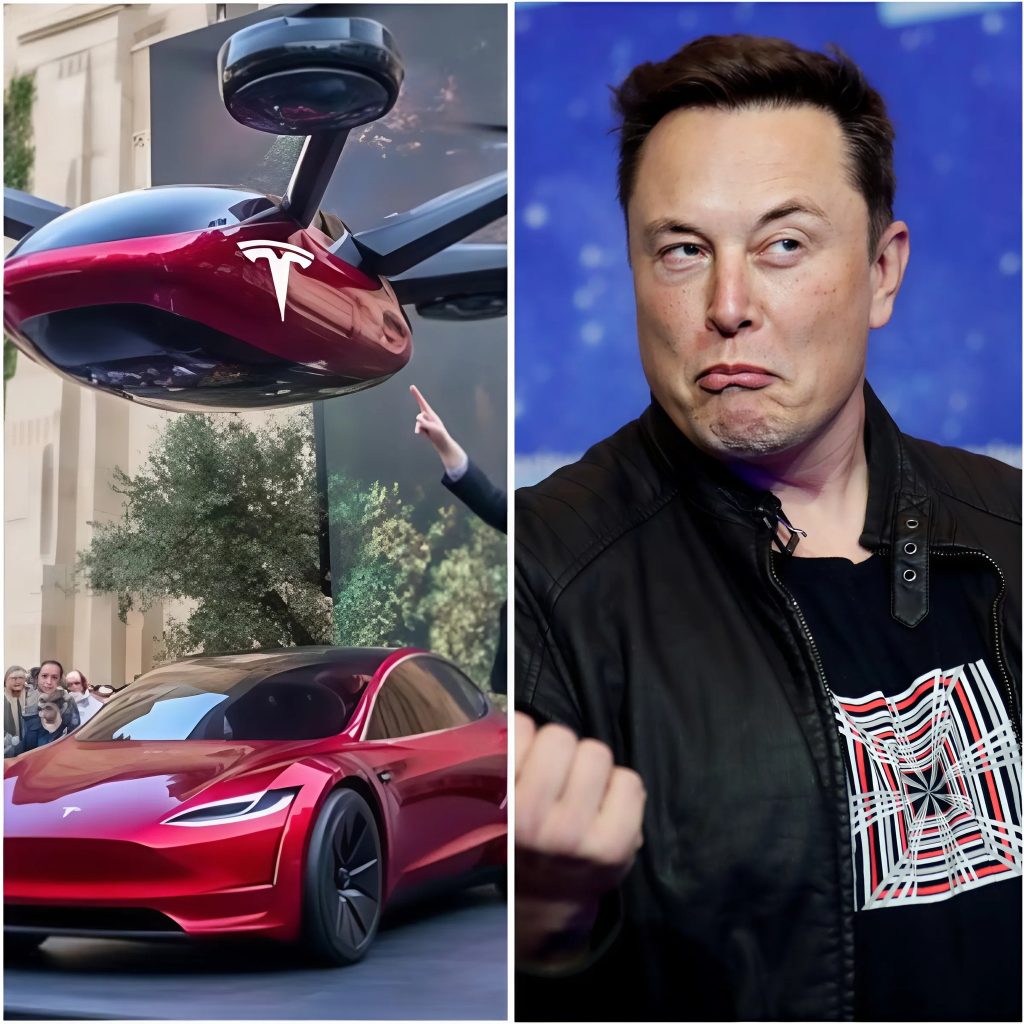
Flying cars, once a staple of science fiction, are now closer to reality than ever before. With rapid advancements in technology and the ambition of visionary entrepreneurs, the industry is taking significant strides. Leading the charge are companies like Tesla, Xpeng Motors, Jetson AB, PAL-V, Asa, and Rice Technologies, each contributing innovative solutions to reshape personal aerial mobility.
Tesla’s Potential Entry into Flying Cars
Elon Musk, renowned for his groundbreaking work at Tesla and SpaceX, recently hinted at a new frontier: flying electric cars. Tesla engineers have proposed developing this technology, and Musk is seriously considering launching a flying Tesla within the next few years. Tesla’s key technological strengths make this ambition plausible:
- High-Efficiency Electric Motors: Tesla’s advanced motors deliver performance and energy efficiency, critical for airborne vehicles.
- State-of-the-Art Batteries: Tesla’s energy-dense batteries could be adapted to meet the demanding power requirements of flying cars.
- Autonomous Navigation Systems: With expertise in self-driving technology, Tesla could pioneer safe and reliable flight control systems.
If Musk pursues this project, Tesla could redefine transportation by creating not just a flying car but an entire ecosystem for aerial mobility.
Industry Innovations from Global Players
1. Xpeng Motors (China)
Xpeng has emerged as a leader in flying car technology with groundbreaking models:
- Land Aircraft Carrier: A modular vehicle with a Ground Transport Module for 1,000 km range and a Flight Module with six propellers for vertical takeoff and landing.
- Xpeng Aero HT: A flying car priced at $140,000, capable of ground and low-altitude travel. It is expected to debut as a production model by 2025.
- Xpeng X2: A two-seat eVTOL with a maximum altitude of 1,000 meters, speeds up to 130 km/h, and 35-minute flight time. It successfully completed its first public manned flight in Dubai in 2022.
Xpeng’s innovations showcase flexibility, efficiency, and a focus on integrating aerial mobility into urban environments.
2. Jetson AB (Sweden)
The Jetson 1, a lightweight personal eVTOL, offers simplicity and accessibility:
- Weight: 115 kg, made from aluminum and carbon fiber.
- Speed: Max 102 km/h with 20 minutes of flight time.
- Control: Easy operation via a 4-axis joystick, requiring no pilot license in the U.S.
Priced at $92,000, the Jetson 1 is designed for short recreational flights, with high demand already securing production slots through 2025.
3. PAL-V (Netherlands)
The PAL-V Liberty combines a gyrocopter and car, offering:
- Speeds: 180 km/h in the air and 160 km/h on the road.
- Range: 500 km (flight) and 1,300 km (road).
- Versatility: Transitioning between modes in just 5 minutes.
Certified by European aviation standards, the Liberty will soon be delivered, with prices ranging from €300,000 to €800,000.
4. Asa (USA)
The ASA A5 blends road and air travel seamlessly:
- Speeds: Up to 241 km/h in the air and 105 km/h on roads.
- Range: 402 km per charge.
- Certification: Approved by the FAA for test flights.
With a price tag of $789,000, the ASA A5 represents a premium option for elite consumers.
5. Rice Technologies (USA)
The Rise Recon, designed for rural use, emphasizes simplicity:
- Weight: Below 136 kg, no pilot license required.
- Performance: 120-meter altitude, 101 km/h speed, and 40 km range.
- Design: Six-motor propulsion and swappable batteries.
At $150,000, the Rise Recon targets practical applications in agriculture and remote work.
The Future of Flying Cars
The era of flying cars is fast approaching, driven by innovation from companies like Tesla, Xpeng, and Jetson. While challenges remain—such as regulatory hurdles and public acceptance—these advancements signal a transformative leap in transportation.
Flying cars won’t just redefine how we travel; they promise to add a new dimension to human mobility, shaping the future of transportation in unprecedented ways. The race to the skies is on, and the developments of today lay the foundation for tomorrow’s aerial highways.


